We’ve talked about many different aircraft so far during this series. They’ve ranged from civilian transports, to bombers, to fighters, and all sorts in between.
A few readers have asked about the process of designing an aircraft. How complex is it? (In short – very!) What do designers and engineers have to take into account? This Weekend Wings will take a broad look at the process.
The process of designing an aircraft begins with the specification of what it’s supposed to do. Let’s look at a few examples.
- A national airline might ask for a transport capable of carrying 150-200 people, in two classes, over distances of 2,000 to 3,000 miles, as well as a quantity of air cargo.
- A commuter airline might want a transport to carry 50-70 people over distances of 300-500 miles, to and from small airfields, to link up with longer-distance flights at larger ‘hub’ airfields.
- The US Navy might request proposals for an fighter capable of intercepting incoming enemy bombers at ranges of 300 miles or more from its aircraft carriers, to prevent them getting within missile-launching range.
- The US Air Force might ask for a fighter-bomber capable of delivering up to eight tons of ordnance on enemy targets up to 500 miles away, but also capable of defending itself from enemy fighter attack in the process, and providing air defense to its base area and/or civilian settlements nearby.
- The US Army might ask for a transport aircraft capable of taking up to ten tons of urgently-needed cargo, or 50-60 troops, from a major airport with all-weather runways to unprepared front-line dirt airstrips, and evacuating casualties in the opposite direction.
- The US Marines might want a close-support aircraft to provide air cover for their units in an amphibious landing scenario, that can also attack enemy ground positions, and that’s protected against damage from enemy fire to as great an extent as possible.
- The Coast Guard might ask for a maritime surveillance aircraft, capable of inspecting merchant vessels up to 500 miles from the coast, dropping supplies and rescue equipment such as life-rafts to survivors in the water, and patrolling the sealanes for long periods of time.
- A mission organization with outposts all over Africa (where the roads are poor at best, non-existent at worst, and where inter-tribal violence can disrupt surface communications) may want a liaison aircraft to carry up to eight people or two tons of cargo, capable of landing on short dirt airstrips, and with sufficient range to travel all day without returning to its central base for refuelling.
- A hunting outfitter might want an aircraft that can ferry hunters and their guides from urban centers in Alaska to tundra hunting camps, landing either on unprepared level terrain or on water, and able to cope with the often horrendous weather conditions encountered there.
Clearly, no single aircraft could hope to fulfill all of those requirements! Each will call for a purpose-built solution.
It’s possible, of course, that one aircraft might be developed that could fulfill multiple requirements. The McDonnell Douglas F-4 Phantom II is a classic example. (Click this and other pictures for a larger view.)
Ordered by the US Navy as a fleet defense fighter, the Marines adopted it with enthusiasm, and it was so good that the USAF bought it too, as well as many other Air Forces around the world. It’s served aboard aircraft-carriers and from land bases as a fighter/interceptor, fighter-bomber, dedicated strike aircraft (including the tactical nuclear strike role), reconnaissance aircraft, air-defense suppression aircraft (the so-called ‘Wild Weasel‘ role), a support aircraft for NASA aerodynamic research projects, and a target drone. Well over 5,000 were built, and the aircraft is still in front-line service with at least three Air Forces, 50 years after its first flight in 1958.
Once a requirement has been issued, what do designers have to take into account in order to produce an aircraft to meet it?
The first thing they have to look at is the load to be carried. How heavy is it? How bulky? Both weight and volume are equally critical. A US short ton (2,000 pounds) of lead equals just over 4,900 cubic inches in volume, or a cube about 17″ long on each side. If the US Army’s new C-27J Spartan transport had to carry its rated cargo capacity by weight (11.5 metric tons, or 25,353 pounds) in pure lead alone, it would need a cargo compartment measuring just over 36 cubic feet in volume. Because most cargo is far higher in volume and far lower in density than lead, the C-27J’s cargo compartment has an actual volume of 1,560 cubic feet – many times greater. Even at that, some cargo (for example, empty military vehicles) may be much lighter than the C-27J’s rated weight capacity, yet still fill it to capacity by volume. The designers must trade off weight against volume to come up with the optimum dimensions.
The same applies to warplanes. If an aircraft is expected to deliver up to, say, eight tons (16,000 pounds) of ordnance against enemy targets, where are they to be carried? If internally – which reduces aerodynamic drag and gives the aircraft a smaller, stealthier radar cross-section – they force a drastic increase in the volume of the fuselage, making the aircraft larger overall. If externally, they may preclude the use of additional fuel tanks mounted beneath the fuselage or wings, thereby having a detrimental effect on the aircraft’s range. They also slow it down and increase fuel consumption, due to aerodynamic drag, and drastically increase its radar cross-section.
Today, with the advent of stealth technology, the smallest possible radar cross-section is a vitally important design consideration. As a result, the new F-35 Lightning II fighter-bomber will carry up to 6,000 pounds of ordnance in an internal weapons bay, reducing its radar cross-section and making it easier to attack targets without being detected. Once the threat from enemy radar has been reduced, the F-35 can carry up to 15,000 pounds of ordnance (and/or external fuel tanks) on up to six hardpoints beneath the wings. Their performance penalty and increased radar cross-section will not be so important at that stage of the fighting – or so the theory goes, anyway.
With the payload or warload comes the consideration of equipment needed to employ it operationally. For a cargo aircraft, this can range from an auxiliary engine or generator to provide electrical power to aircraft systems, to carrying certain freight-handling machinery on board if it might not be available at the destination (e.g. forklifts). For a warplane, it might involve systems such as target designators, radar for navigation and finding the enemy, identification systems to make sure one doesn’t target (or isn’t targeted by) one’s own people, and so on. Space must be provided in the fuselage and/or on external storage pylons to carry this equipment. It’s not a trivial consideration by any means. For example, if mounted internally, a target designation system will take up a lot of space, and require cooling, power and other services. On the other hand, an external targeting pod such as the Rafael LITENING (used by US forces, among others) will occupy a weapons station that will no longer be available for a bomb, or missile, or fuel tank. Which way to go?
Internal systems also, to a certain extent, dictate the shape and size of some aircraft components. For example, the very large radar dish installed aboard the Sukhoi Su-27 fighter (shown below) meant that its radome (radar dome, also known as the nose cone) could not be smaller than the diameter of the dish. This, in turn, influenced the lines of the fuselage behind the nose-cone, giving the aircraft an almost bulbous look.
There’s another aspect to this. Any modern combat aircraft will be updated and fitted with new equipment during its service life. Its airframe must therefore be designed to allow for this, otherwise it’ll become obsolete before very long. To illustrate how such modernization can change an aircraft’s shape, consider the following two photographs of the F-16 Fighting Falcon. The first is of an F-16B, the earliest two-seat production model, dating from the late 1970’s, with relatively smooth, clean lines and uncluttered appearance. The second is of a current-production F-16F, the latest two-seat model. Notice the square, raised spine of the F-16F between the cockpit and the tail, housing electronic equipment; the larger radome in the nose, for a bigger, more powerful radar; and the conformal tanks mounted on either side of the fuselage, above the wings, carrying additional fuel.
Not visible in the latter photograph are the very considerably uprated electronic systems on board; the much more powerful engine (going from the Pratt & Whitney F100-PW-200 turbofan, rated at 23,830 lb. maximum thrust, to the General Electric F110-GE-132 turbofan, rated at a maximum thrust of 32,500 lb. – an increase in power of over 36%); and the growth in maximum takeoff weight from 37,500 pounds in early versions to 52,000 pounds in the latest models, an increase of almost 39%. The fact that the F-16 has been able to accommodate such extraordinary growth is testimony to the good work of its original designers.
Having decided on the load to be carried, whether internally or externally, and how much capacity and/or how many external hardpoints to use for it, the designers now have to examine the required performance. Enough fuel must be carried to allow the aircraft to reach its desired range. How flexible is this requirement? A cargo aircraft might be required to travel 2,000 miles with a payload of 10 tons. If so, it will need only half as much fuel to travel 1,000 miles. Should its payload be correspondingly increased for shorter distances, carrying an additional weight of cargo equal to the weight of the fuel it won’t need? This might require strengthening and enlarging the load compartment to take the larger and/or heavier cargo, which in turn might require larger wings and/or an increase in the overall weight of the aircraft, necessitating more powerful engines to obtain the desired performance, which in turn will consume more fuel.
In the same way, a strike aircraft might be required to hit an enemy target at a range of 500 miles with a payload of 10,000 pounds of bombs or missiles. Must it carry sufficient fuel for the mission internally, requiring larger fuel tanks, and thus a larger wing or fuselage? Might it be acceptable to achieve that range using some internal and some external fuel tanks? That would mean a larger radar cross-section. The external tanks will occupy some of the hardpoints under the wing and/or fuselage, reducing the number available to carry weapons. This would also increase aerodynamic drag, which might require a more powerful engine in order to obtain the desired performance – and that would use more fuel. Can enough hardpoints be provided to carry both the external fuel tanks and external ordnance? Can less fuel be carried on the strike aircraft, relying instead on the use of in-flight refueling to obtain the desired range?
So far, the designers have considered what payload or warload is to be carried; the systems necessary to transport and/or use it; the internal space and/or external hardpoints needed to do so; and the fuel required to get it to its destination, and bring the aircraft back again. All this adds up to an initial figure for the weight involved.
Now the question arises: what sort of wing will be required? Wikipedia explains the function of a wing as follows:
In order for a wing to produce lift it has to be at a positive angle to the airflow. In that case a low pressure region is generated on the upper surface of the wing which draws the air above the wing downwards towards what would otherwise be a void after the wing had passed. On the underside of the wing a high pressure region forms accelerating the air there downwards out of the path of the oncoming wing. The pressure difference between these two regions produces an upwards force on the wing, called lift.
The wing is a very critical element of the design, from three different perspectives. They all begin with ‘S’: size, shape and strength.
The size of the wing will determine what’s called its wing loading. This is expressed as the weight that must be supported by each square unit of the wing’s area (usually expressed in the USA in square feet). A low wing loading means that the wing will be relatively large, supporting less weight per square foot of its area. Such wings are often found on cargo aircraft, such as the C-130 Hercules shown below.
Such wings are very efficient at low-speed flight, but because they’re larger, they offer more aerodynamic drag, which decreases the maximum speed that can be attained. A high wing loading (i.e. a relatively small wing area, which has to support more weight per square foot) produces much less drag, and allows for higher speeds; but it also requires higher takeoff and landing speeds, and is more demanding on the pilot(s). Perhaps the classic example of a very small, very high-load wing was that of the F-104 Starfighter of the 1950’s, shown below.
Known as ‘the missile with a man in it’ (or, later and less affectionately, as ‘The Widowmaker’ by pilots who knew of all too many of their peers who’d crashed in it), the F-104 had tiny wings in comparison to its length. Its speed and acceleration were phenomenal for the day, but its maneuverability was hampered by the same minuscule wings which enabled its high speed. In particular, its stalling speed and landing speed were very high, causing many accidents.
In a high-performance combat aircraft, speed must be balanced with maneuverability in terms of overall performance. It’s no good having a fighter that’s very maneuverable, but too slow to intercept an enemy aircraft before it launches its bombs or missiles, or catch it if it’s trying to get away. On the other hand, a fast aircraft that can’t turn with an opponent is easy prey in a dogfight. Like many other elements of aircraft design, the solution will be a compromise between these considerations.
The second perspective is the shape of the wing, or its planform. In most aircraft designed for routine operations at more than about half the speed of sound, the use of a swept wing is de rigeur. Most other designs cause too much drag and consume too much fuel at high speeds, and aren’t sufficiently versatile.
On the other hand, slow propeller-driven transports, training aircraft, and private aircraft can get by just fine with a more conventional wing.
The planform may be combined with other features to produce the desired effect. For example, a fighter aircraft may need a highly swept wing for supersonic speeds, but it may also need a low wing loading for maneuverability. The so-called delta wing was an early solution to this problem, allowing for both a sharply angled wing and a large wing area, producing a low wing loading. The delta wing offers a much stronger structure than a ‘pure’ swept wing, plus greater internal volume (which can be used to accommodate fuel tanks). The delta wing was employed in combat aircraft such as the French Mirage III, Soviet MiG-21 and US F-106 Delta Dart, as well as the Concorde supersonic airliner. The latter two aircraft are shown below.
More modern wing designs, such as that seen on the F-22 Raptor and F-35 Lightning II, offer many of the advantages of the delta planform, plus more modern aerodynamics, combined with stealth features to minimize the wing’s radar cross-section. In the interesting photograph shown below, compare the wing planform of the KC-10 Extender tanker aircraft, typical of most commercial jet airliners, with that of the F-22 behind it, typical of the latest generation of combat aircraft.
The third factor is the strength of the wing, in relation to the job it’ll be asked to do. A wing may be very efficient, but not as strong as another, less efficient design. If the aircraft is likely to come under enemy attack, the stronger wing might be more desirable. The classic example of this occurred during World War II. The Consolidated B-24 Liberator bomber used a long, thin wing which was aerodynamically very efficient. However, with an area of only 1,048 square feet, it had a high wing loading.
It enabled the B-24 to fly faster, travel farther and carry a greater warload than its rival, the Boeing B-17 Flying Fortress. The latter used a shorter, fatter wing with an area of 1,420 square feet, giving it a much lower wing loading than the B-24 (38.0 lb./sq. ft. versus 52.5 lb/sq. ft.).
Thus, although the B-17G and B-24J models had similar maximum takeoff weights, the B-17 was easier to handle (particularly at lower speeds) than its rival. Its wing was also built much more strongly. This made the aircraft heavier and reduced its bomb load, but also made it much less susceptible to damage. Compare the two photographs below. In the first, a B-24 has received a hit from anti-aircraft fire in its wing, which has broken in two. The aircraft is doomed. In the second, a B-17 took a similar hit from anti-aircraft fire in its wing, causing severe damage, but the aircraft was able to return to its base in England.
As the World War II B-17 Pilot Training Manual put it:
The B-17 is built for battle. Its wings are constructed with heavy truss-type spars which tend to localize damage by enemy fire so that basic wing strength is not affected. Because of its unusual tail design, the airplane can be flown successfully even when vertical or horizontal tail surfaces have been partially destroyed, or with one or more engines shot away.
B-17 pilots would certainly agree. From all accounts, they loved their tough bomber. That’s an important consideration in the design of modern combat aircraft, too. If it’s built tough, it’ll survive damage that might cause a less-strong aircraft to crash. Given the cost of modern combat aircraft, survivability is an economic imperative as well as a benefit to aircrew morale.
Having looked at payload/warload, systems, desired range, and wing shape and size, the next element in the design is the engine(s). These must be powerful enough to give the desired performance with the weight of the aircraft and its payload/warload, overcoming aerodynamic drag, and do so with sufficient fuel economy to permit the aircraft to operate over the specified range. It may be that sufficiently powerful engines are likely to be too ‘thirsty’ for the amount of fuel calculated, which means it’s back to the drawing-board to factor in an additional quantity (and weight) of fuel (and where to put it). The engines will have to provide enough power to overcome their own weight, too, so that must be added in to the overall weight of the aircraft and its payload/warload.
Different engine designs might be available, some using tried and tested technology, others using brand-new, innovative elements that aren’t yet in widespread service, and are unpredictable as to their economy and long-term reliability. A good example of the latter is the all-new Pratt & Whitney F135 engine for the F-35 Lightning II. It must power not only conventional takeoffs and landings, but short takeoffs and vertical landings in the B variant of the F-35. It incorporates new and previously untried technology.
In commercial aircraft engines, new developments are also on the horizon. The so-called ‘open rotor‘ and ‘geared turbofan‘ engines promise greatly improved fuel economy without any loss of performance. If they prove commercially viable, they’ll lead to major progress in airliner design.
The undercarriage is another specialized design area. An aircraft that will only operate from concrete or tarmac runways needs landing gear sufficient to take its weight on those surfaces. One that will operate from rough, unfinished airfields needs tougher landing gear and larger tires, to lift the fuselage further away from damage by stones thrown up when landing or taking off. A naval aircraft that will operate from an aircraft carrier needs the toughest landing gear of all, weight for weight, because landing on a carrier is basically a controlled crash! It must also have an arrester hook to catch the cables across the deck, and a structure strong enough to withstand the strain of being hauled down from almost 200 mph to zero in a few hundred feet. The core structure and landing gear must also withstand the pounding delivered by operations at sea, particularly during storms, and the stresses of catapult-assisted takeoffs.
Of course, the stronger and tougher the landing gear and the aircraft’s ‘skeleton’ or basic structure, the more it’s going to weigh, which means more power to lift and drive it, and more fuel for the engines, and so on. It might be possible to use modern lightweight synthetic materials to save weight, but they cost a great deal more than steel. There has to be a cost-benefit trade-off. When is it worth saving a few pounds in weight, versus saving a few million dollars in manufacturing costs?
So, in a very abbreviated form, there you have the design process. It’s not fixed in stone, of course. Each of the elements discussed above will receive attention simultaneously. Developments in one area (for example, the need to carry more payload/warload, or fit a bigger engine) will impact those in another (for example, the size of the fuselage, or the amount of fuel that must be carried). Additional elements, such as stealth features or the use of lightweight airframe materials such as carbon fiber, will also have to be taken into account. Some of these may affect many other aspects. For example, if the aircraft must be stealthy, that requirement will directly impact its shape, layout, engine, carriage of weapons, and many other considerations. All of the latter must be subordinated to the need for the lowest possible radar cross-section and other low-observable features.
In today’s era of higher and higher prices for aircraft, there are frequent attempts to have different military services combine their requirements and buy a single aircraft to meet all of them. This can sometimes be successful, and sometimes not. The single largest combat aircraft program now underway anywhere in the world, the F-35 Lightning II, is the result of combining US Air Force, US Navy and US Marine Corps requirements, harmonizing them, and designing a single aircraft to meet them all. Whether or not it’ll work is still open to question. On the other hand, it would almost certainly have cost far more to design three different aircraft to meet three different requirements, so in economic terms, there may not have been much choice.
A nightmare for any aircraft designer is changing customer requirements. These can drive costs through the roof. An excellent (and quite sickening) example is the VH-71 Kestrel program to develop a new Presidential helicopter, about which I’ve written before. This monumentally mismanaged program is a disgrace to all concerned, and as far as I’m concerned, it should be scrapped. However, as is the way with bureaucracies everywhere, it’ll probably drag on and on to an unsatisfactory and horrifyingly expensive conclusion.
Another factor for consideration is the changing environment within which the aircraft will operate. This can catch both manufacturers and customers unawares. For example, in the first few years of this century, airlines bought many small commuter jet aircraft such as the Embraer ERJ 145 (shown below) and E-Jets series, and the Bombardier CRJ700/900/1000 and Cseries families.
However, when aviation fuel prices soared in recent years, these small jets proved much more expensive to operate than the turboprop airliners they had replaced. As a result, new orders for them are falling, many are being sold or temporarily placed out of service, and older turboprop airliners are being brought back into service to replace them. Orders for new turboprops, such as the Bombardier Dash Eight Series Q400 (shown below) and ATR 72, are also increasing. Manufacturers who prove unable to adjust to this rapid change in demand, or who don’t have suitable aircraft to sell to their customers, will be in trouble.
The same applies to military aircraft, of course. Air Forces may issue requirements based on what they foresee their future requirements to be: but they don’t always get it right. Sometimes an urgent need arises for which no provision has been made in planning or budget. At such times, a visionary manufacturer who has developed a product on their own initiative can be well placed to receive large orders: but such developments are very expensive, and few manufacturers are willing to invest large sums of corporate money without a guaranteed market at the end of the day.
As far as I’m aware, the last purely speculative development of a modern combat aircraft in the USA, without a prior government order, was the Northrop F-20 Tigershark (shown below). It was an excellent performer, but failed to attract any orders. It had cost the company $1.2 billion in fruitless expenditure by the time it was cancelled in 1986.
There’s also the problem that aerospace companies can get too big and bureaucratic to be willing to take risks. Some of the more interesting speculative developments are coming from nations and companies far removed from the centers of traditional aviation excellence. Embraer, in Brazil, is a good example. Not content with producing small turboprop and jet-powered airliners, it’s announced plans for a military jet transport, the C-390, and has been joined as a risk-sharing partner by Denel, a South African armaments and aviation company. If their efforts prove successful, they’ll produce an aircraft with the load capacity of a Lockheed C-130 Hercules, but without its ability to use rough, unprepared landing fields. It’ll have the speed of a modern jet airliner, and be optimized for large, bulky cargoes rather than containerized airline freight. Such an aircraft may prove very useful to both military and commercial customers. An artist’s impression of the proposed C-390 is shown below.
Needless to say, Lockheed-Martin is trying to sell its C-130 Hercules to the same customers that Embraer and Denel will target, touting its rough-field performance, proven reliability and worldwide adoption. Nevertheless, it can’t compete with the C-390 on speed. Larger aircraft are also competitors, such as Airbus Military’s Airbus A400M, the Russian Federation’s Ilyushin Il-76 and the Ukraine’s Antonov An-70. If Embraer/Denel succeed with their C-390 project, even in the face of such competition, they’ll become a partnership to be watched for future aircraft developments.
I hope this has answered readers’ questions about what goes into designing an aircraft. Next time we’ll return to looking at an actual aircraft or historical event.
Peter
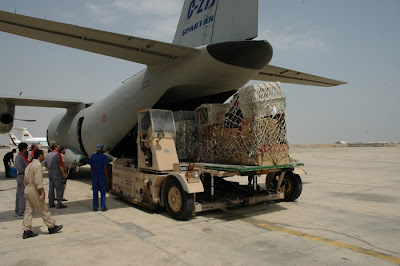

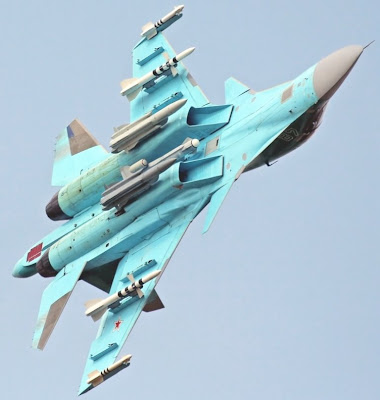










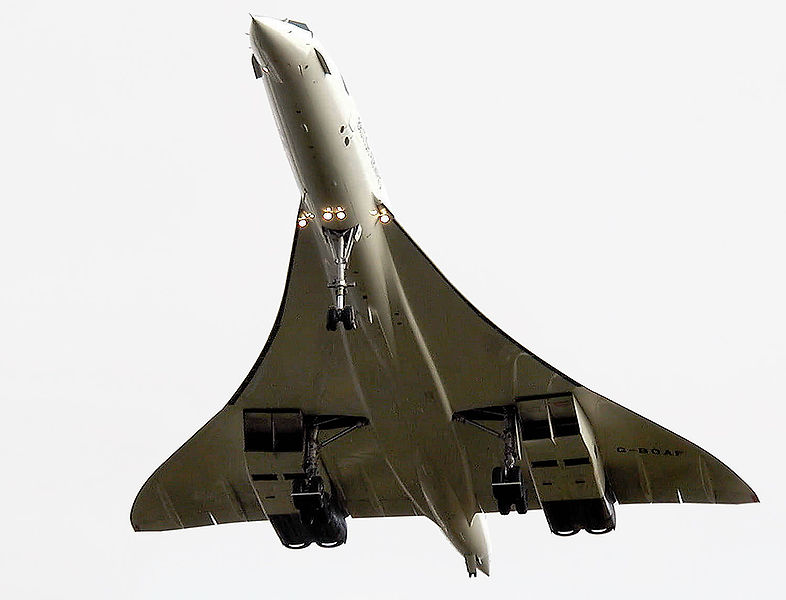
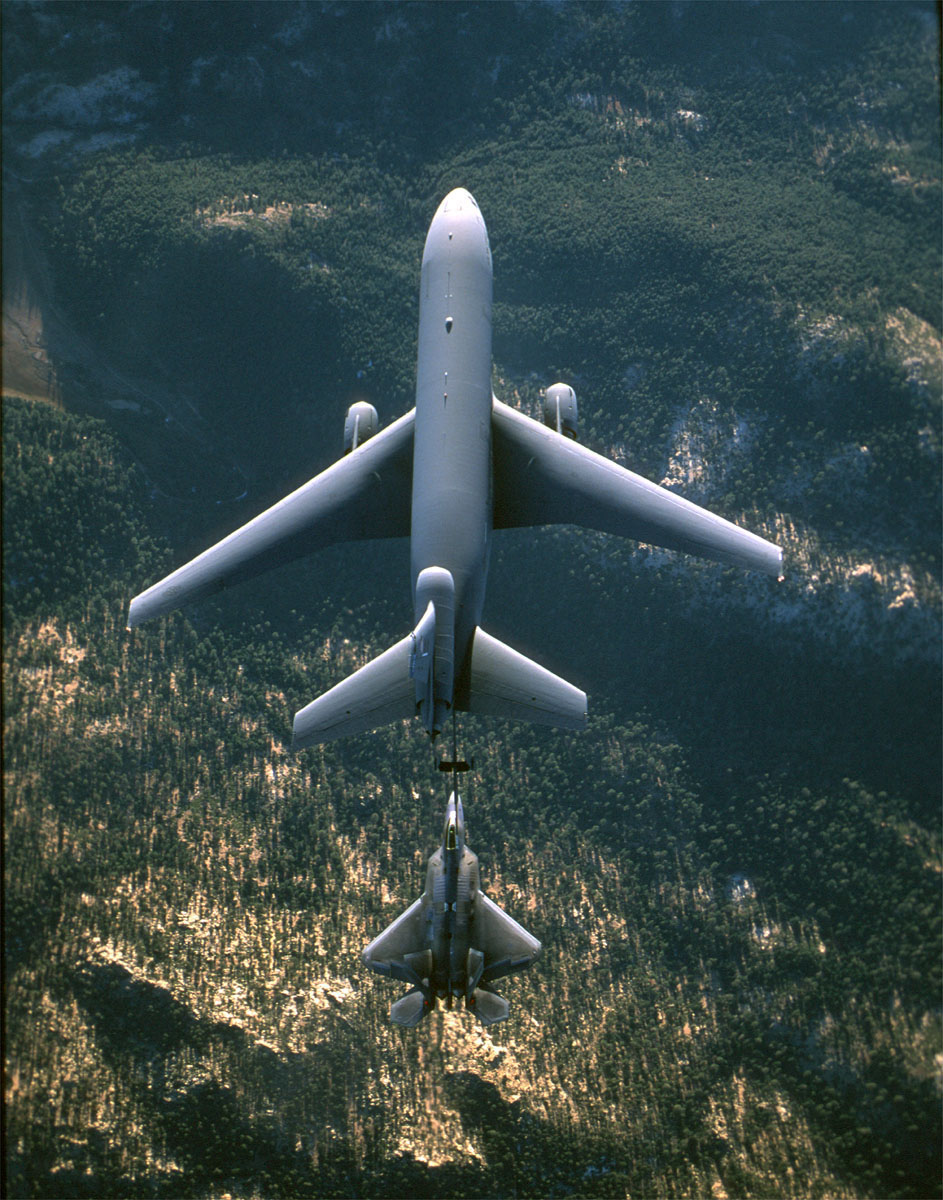

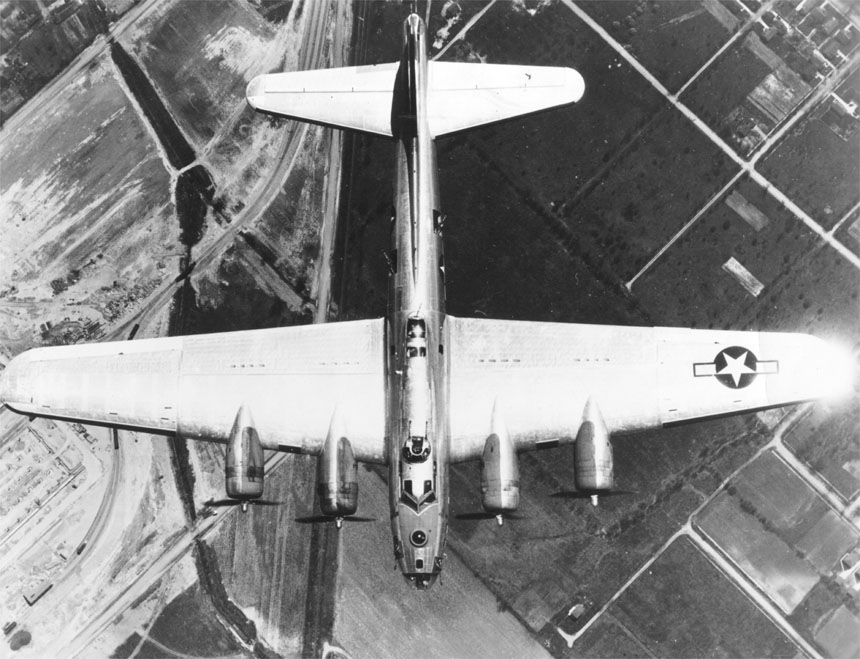
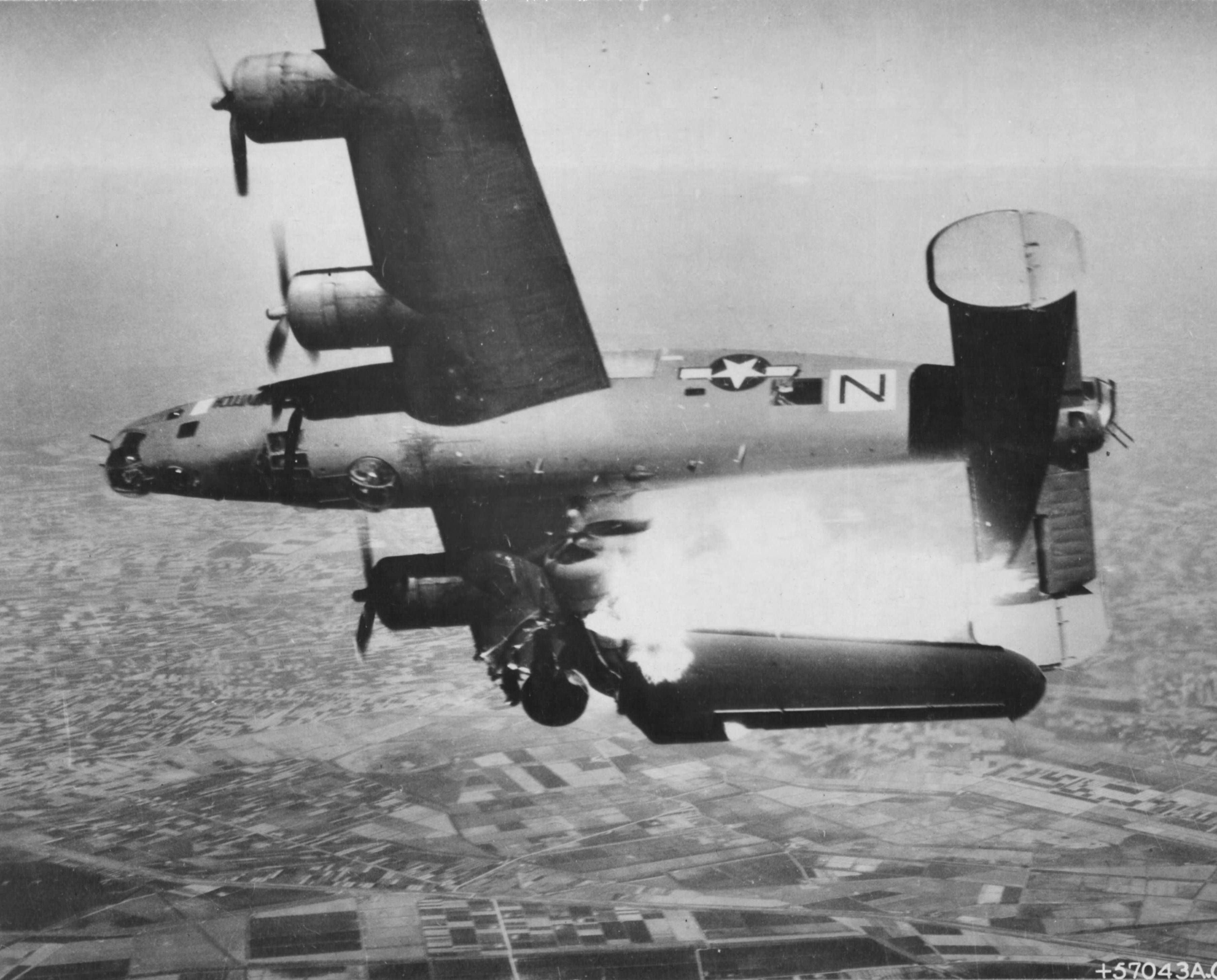


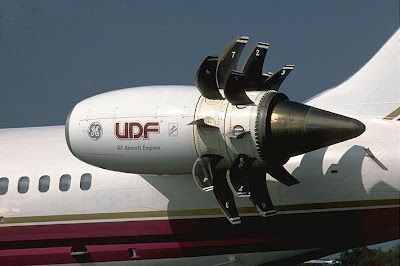


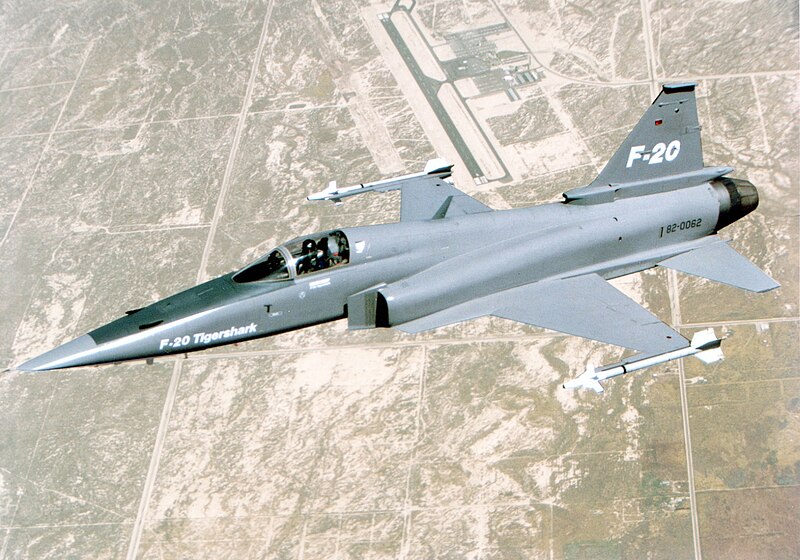

Excellent article! I enjoyed reading it, although I disagree with that analysis of the cause of lift. The explanation that reduction occurs on both sides of the wing, but that the net force acts upwards, makes much more sense to me.
Also, the “M’ in A400M I believe stands for Maybe. We nearly got suckered into getting on with that project, but bought C-17s instead. What a great way to fly: Decent seats, real lav, and quiet enough that ear defenders are enough. Jim
Also – The F-20, the best fighter no-one ever bought. Beautiful design, really. If you compare an F-5, the YF-17, and an F-18A/C you can watch evolution step by step.
Also further – The F-18 can carry the Nitehawk and Sniper XR pods on station 4, on the left side of the fuselage. That way instead of losing the centerline station, a station for an AIM-7 or AIM-120 is lost, and one missile is less of a loss than an external tank.
Excellant article. My only disagreement is the USAF was forced to take the F4. They never wanted the Navy plane but economics drove the decision. Col John Boyd documented the limitations of the Phanthom for Air Force missions and it lead to the development of the F15 and F16.
I agree with reflectoscope: that WIKI definition of lift is messed up. In reality. lift is the difference in static pressure between the top and bottom of the wing caused by what we call airfoil, plus whatever dynamic pressure is applied to the bottom of the wing by angle of attack.
But excellent article, Peter, and very interesting.
Leatherneck
Dear Bayou Renaissance Man,
Thanks for this article. Short as can be and very much to the point, with great examples and even better picture.
One question though: You state that the Northrop F-20 didn’t make it. Yet its predecessor, the F-5, did rather well and is still in use in various forms. So: What is the paramount difference between F-5 and F-20?
And a remark: you give the Bombardier turboprop as an example of efficiency and economy in its class. Rightly so.
But, for chauvinistic reasons, I’d really like to see at least mention of the Fokker F-27, pioneer in its field – if not a picture as well to show the similarity between the two crafts.! Please, humor me !
Hope to hear from you,
cheers,
VNCCC
A nit to pick, as Leatherneck pointed out, the airfoil shape is VERY important, more so (IMHO) than the planform. Try using a standard airfoil shape on a Mach 2 swept wing fighter and the result will be very bad. The combination of the airfoil and the planform is a common area of research as some airfoil shapes work better with certain planforms than with others.
And yes, the Wikipedia is not the best explanation of lift.
Vincent, the F-20 differed from the F-5 in a number of ways, most importantly in having only one engine (which provided far more thrust than the two smaller engines of the F-5 family). It also had a more advanced radar and weapons system, capable of handling radar-guided missiles, as well as the IR missiles (e.g. Sidewinder) of the F-5 series.
As for the Fokker F27, I agree, in its day it was a very successful aircraft: but it’s been out of production for over 20 years! As such, it’s not included in this article, as it’s not a candidate to replace commuter jets. You can find details and pictures of the F27 on Wikipedia at:
http://tinyurl.com/y7acqo
or:
http://en.wikipedia.org/wiki/Fokker_F27
Hope this helps.
Hi Peter,
It sure helped. Thanks for enlightening me.